Dr. El-Sayed Samy, Technical Director Of Egyptian Fencing Team: “We Have Become A “Factory Of Heroes” ... Scientific Method Is The Secret Of Success” Part1
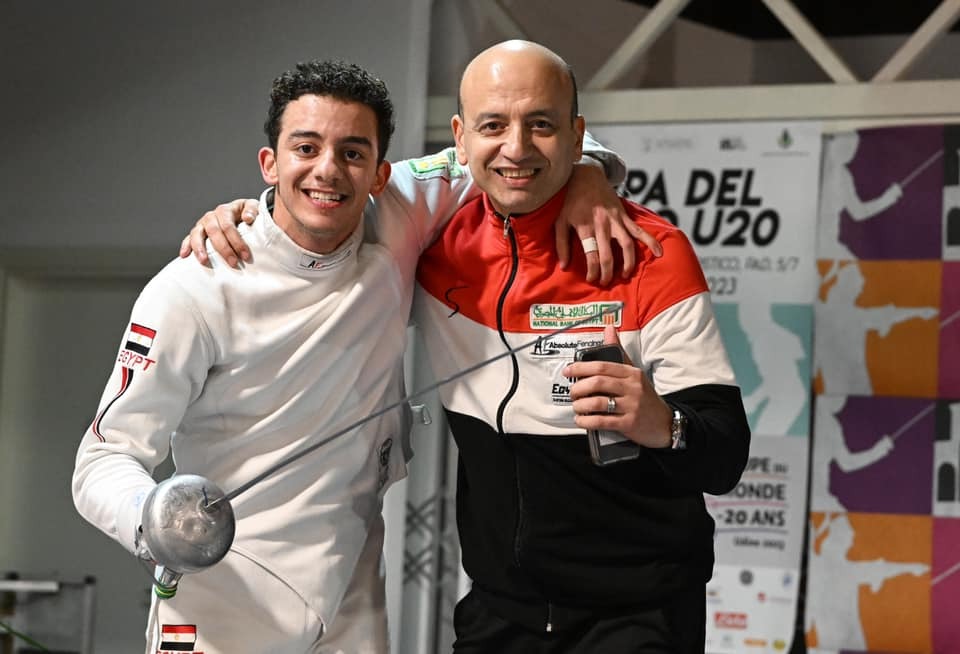 close
close
![]()


Dr. El-Sayed Samy: “I Have Loved Fencing Sports Since Childhood... And “Tanta” Is My Starting Point
Interviewed by : Alzahraa Rashad
A distinguished model in the sports field at both the academic and professional levels, from the beginning of his life, he was keen to apply the scientific method in sports training, and he founded a sports school that achieved great resonance in Egypt and the world. He combined his work as a professor of fencing and combat sports at the Faculty of Physical Education, Tanta University, and technical director of the Egyptian fencing team, in addition to holding the position of head of the coaches committee in the Arab Arms Sports Federation. In this interview, we speak with Professor Dr. El-Sayed Sami, who was awarded the Sports Medal, first class from Egyptian President...
Firstly, we want to look at the most important milestones in your sporting history with fencing sports?
My journey with fencing sports began during the academic year 1979, when the Ministry of Education began establishing centers to spread the sport of fencing in coordination with the Egyptian Arms Federation. I joined the Center for talented people in this sport in Gharbia Governorate. I was then a student in the first year of middle school, and at that time we had no background in the sport. Weapons, but as soon as this center specialized in the game was established, a large number of students joined to practice this sport, and officials in these centers carried out physical measurements and physical fitness of the applicants. I spent my time training regularly until Professor Dr. Abbas Al-Ramli - He was a coach for the national team and an expert in fencing sports, in addition to his work as a professor at the College of Physical Education - came to the center and subjected us to a panel examination. He was keen to choose physically fit people, in addition to personal traits, such as height and fine stature, as distinguishing features for fencing players. Indeed, I continued training from the first year of middle school until the third year of secondary school until I joined the Faculty of Physical Education, Tanta University.
How did you benefit from your enrollment in the faculty of Physical Education in supporting and refining your talent and love for fencing sports?
I was able to be among the top ten players in the republic in fencing sports, at the level of education centers, in more than a year of practice. Therefore, when I started my university career, I worked hard to do something for Tanta, and this was my dream. I worked hard in my studies until I was able to become a teaching assistant, in 1992. This was my opportunity to create a weapon activity in a scientific manner, and indeed today we can say that Tanta has become a shining center .
How did your journey with training begin?
After I graduated in 1992, I began in 1993 to take specialized training courses in preparing coaches. The first training course I took was with the Olympic Academy affiliated with the Egyptian Olympic Committee, entitled “The Advanced Course for Preparing Coaches.” This course included both practical and theoretical aspects, and I was registered as a coach. In the Egyptian Arms Federation in 1993, then I began to practice training at the Center for talented Athletes, and there was no center for talented athletes in weapons sports. I began coordinating with the Ministry, specifically Professor Ahmed Al-Khatib, in achieving this goal and now we have a scientific center for talented people in fencing sports in Tanta starting in 1993.
you prepared you master’s and PHD thesis in fencing sports. We want to know the objectives of the two researches and the most prominent results you reached?
My choice of the subject of my master’s thesis was based on the idea of shooting and aiming, and the accuracy of concentration in reaching the goal. Its topic was “The effect of using both fixed and moving targets on accuracy in fencing”, and it was proven through this study that the player who trained on the moving target had a much greater concentration and accuracy of performance than the player who trained on the fixed target. And I obtained a master’s degree in 1995.
What is meant by fixed and moving targets in fencing sports?
The fixed target is a fixed object that is a physical object that the player aims at and is mounted on the wall. As for the moving target, it is the coach who trains the player on scoring touches, shooting accuracy, and touches that are counted as goals. Of course, the coach is equipped with a visor to protect him from the multiple hits he receives from the players. The study proved that the experimental group that works as moving targets acquires variables that increase accuracy and focus, in addition to the players’ visual vision.
What about your PHD dissertation?
I obtained a doctorate degree in 2000 entitled “Offensive timing strategy and its impact on the level of achievement among fencing players.” The term “strategy” was new in the field of scientific research in the sports field. I focused on studying Strategy for fencing players, and due to the lack of sports references that discuss the idea of strategy on the field, I returned to the main source, which is strategy as a military term used in references for the armed forces, and I began the process of describing the term strategy and what it means. In this study, I analyzed the tactical and strategic performance of the fencing players who participated in the Atlanta Olympic Games in the United States of America in 1996. My goal was to identify the tactical method and the alternative plan for the participating teams, and to identify the strengths and weaknesses of each sports school, such as the well-known Italian, French, and Russian schools.
What are the most prominent results that you reached through this study?
After completing the analysis of the distinguished sports schools in fencing and participating in the 1996 Olympic Games, the results of the technical analysis were applied by designing a training program to develop the strategic strategy for the basic study sample of the research. The time frame for the experiment was in 1998, and the sample consisted of the players with whom I started my training career with the weapon in the city of Tanta.
Then I started applying the research results that I extracted from the analysis of the training plans of the distinguished champions to our players in Egypt. Thus, I created a geographical map of the advantages of each country in fencing. For example, Italy and Russia rely on counterattack, and France relies on the offensive style of attack. In addition, each technical school has a distinctive body type that is compatible with its planned style. We find that France is characterized by the players` height and the thin muscular pattern, while Italy and Russia are characterized by their muscular pattern and medium height. From here, I designed a strategy based on directing players according to their body and physical type. Therefore, Egyptian players now have a school in the sport of fencing that did not exist before.
.

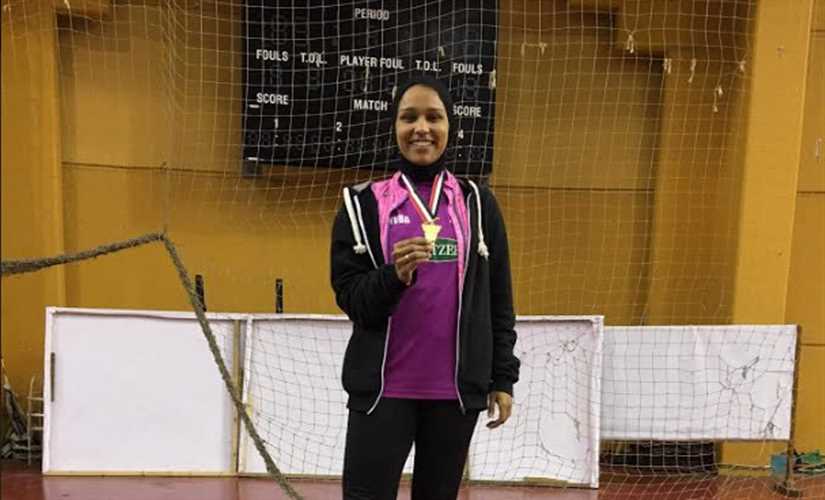

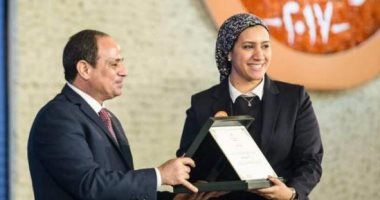

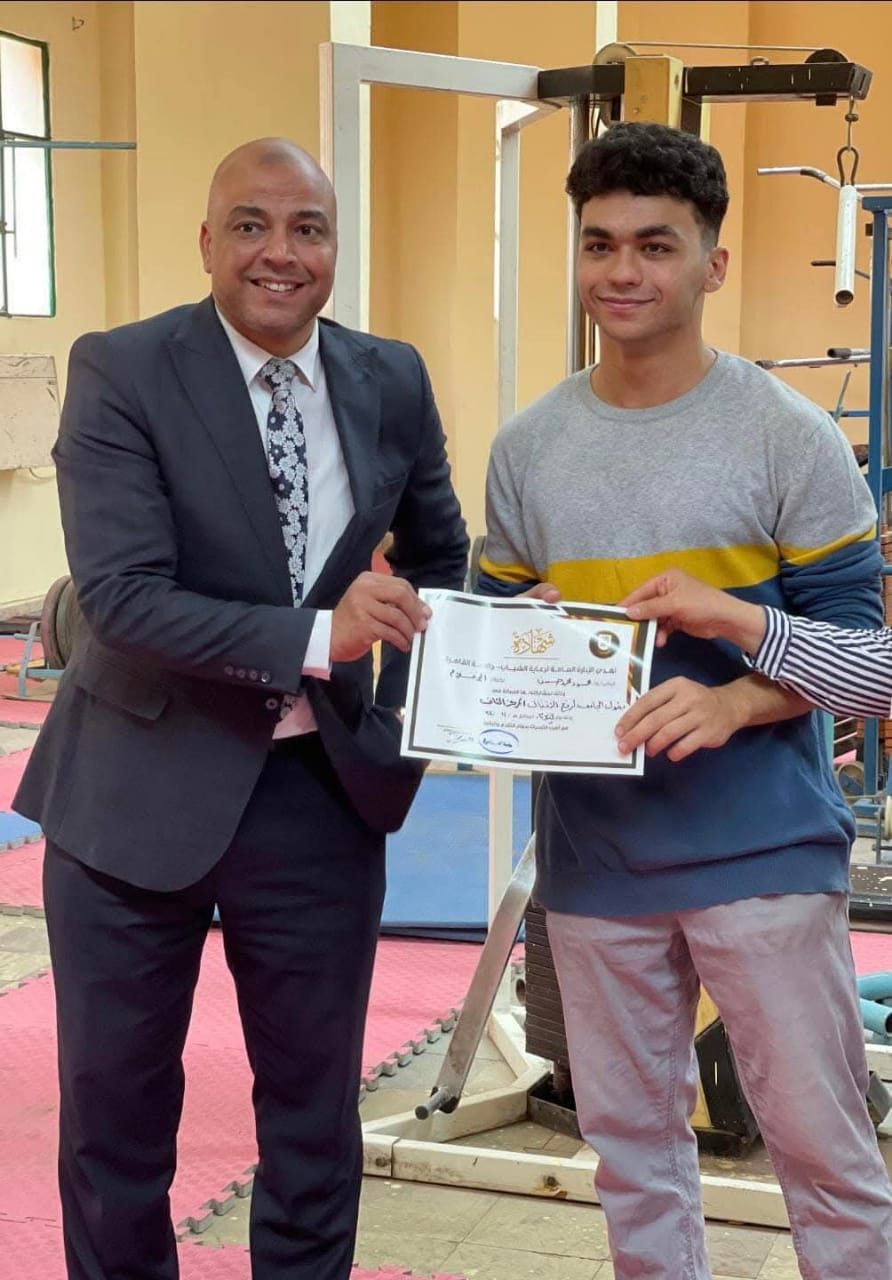

15-11-2025 Sports
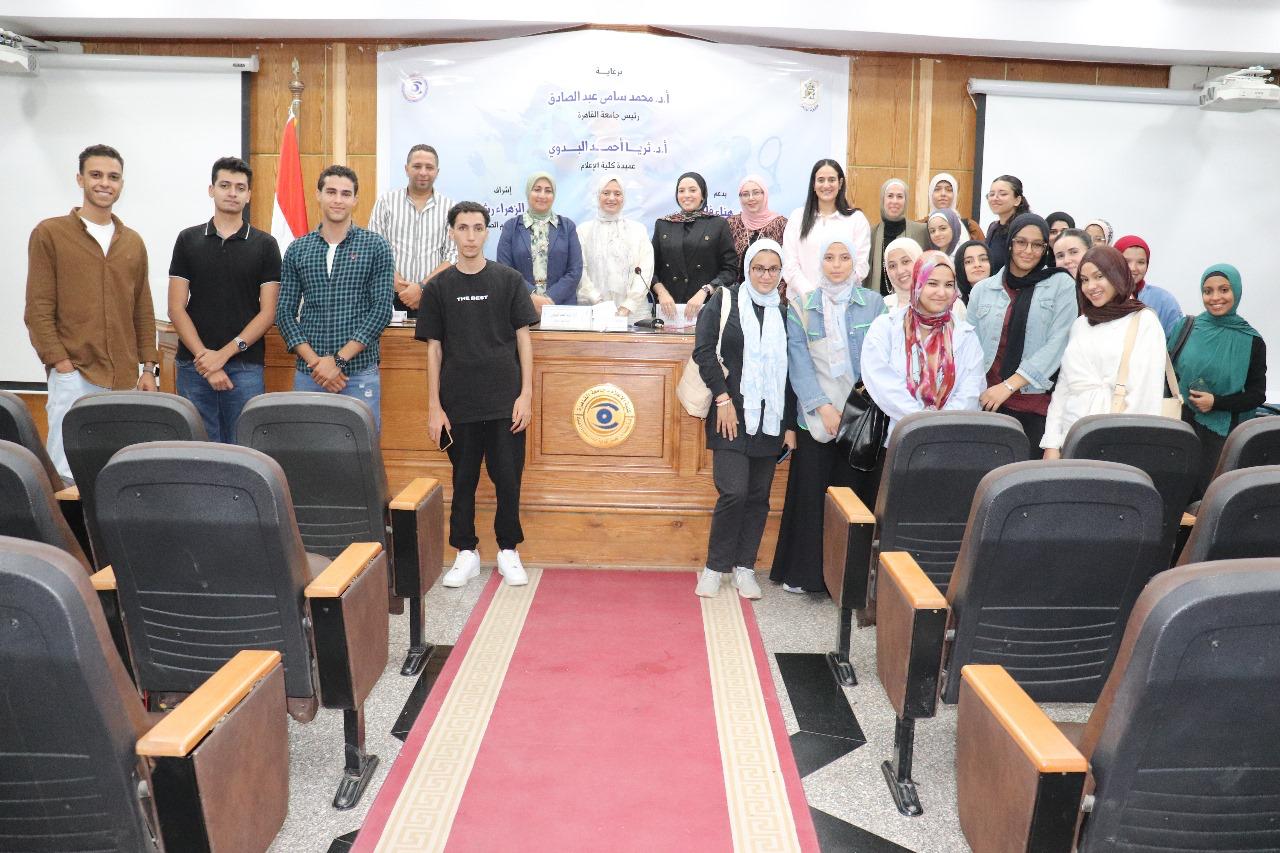
04-11-2025 Faculty of Mass Communication


04-11-2025 Sports
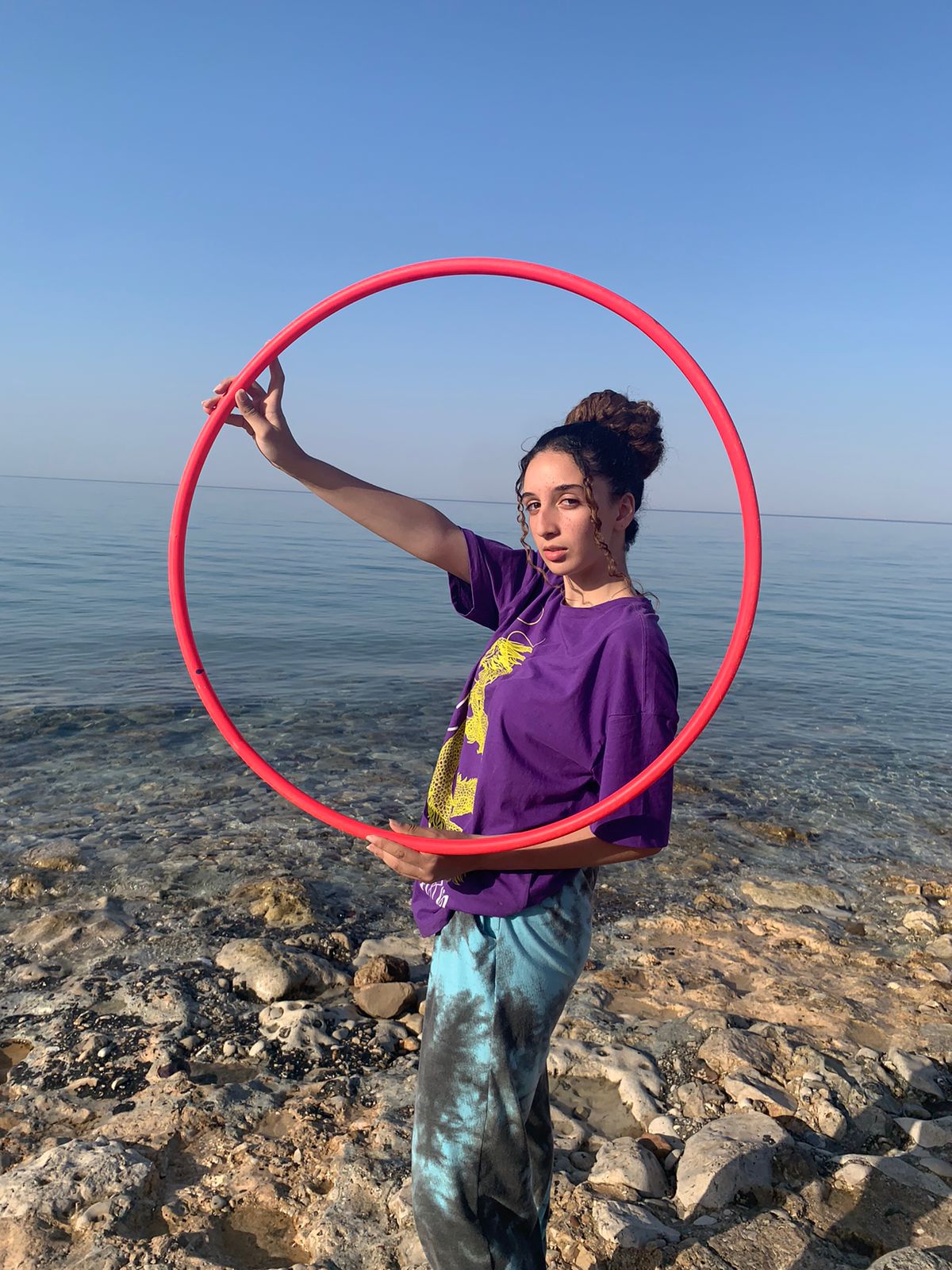
23-06-2023 Sports 3953
...
tips from the head of dmc channels group- mr.hesham soliman02-08-2023
video 3246...
Culture of Photos Event Guests` Interviews (Pt.2)01-04-2023
video 1005...
Exclusive Interview with the Prominent Host (Eman Ezz Eldin) for EMccu today27-10-2022
video 996...
Culture of Photos Event Guests` Interviews (Pt. 1)01-04-2023
video 883...

27-10-2022
video 3621